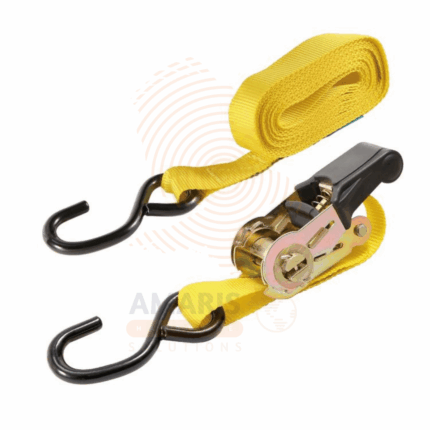
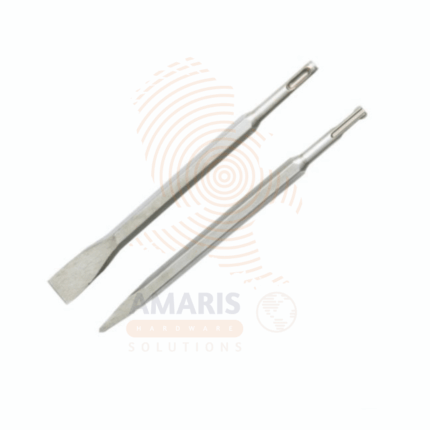
2 pcs Sanding Belts
$7,900.00 Original price was: $7,900.00.$7,400.00Current price is: $7,400.00.
A 2 PCS sanding belt refers to a set or pair of sanding belts used in power tools such as belt sanders. The term “2 PCS” likely stands for “2 pieces” or “2 parts.” These sanding belts are commonly designed for various applications, including smoothing, shaping, and finishing surfaces like wood, metal, or other materials.
Sanding belts consist of an abrasive material bonded to a flexible backing, forming a looped belt that can be attached to a compatible tool. The number “2” in “2 PCS” indicates that the set includes two individual sanding belts, which can be useful for replacements or for different grit levels to achieve varying degrees of coarseness or fineness in the sanding process.
A 2 PCS sanding belt set is a pair of abrasive belts used in power tools for sanding and finishing tasks, offering versatility in material removal and surface preparation.
Sanding Belts Uses
- Woodworking:
- Surface Smoothing: Sanding belts are widely used in woodworking to smooth rough surfaces and prepare them for finishing.
- Shaping: They are effective for shaping wood by removing excess material quickly and efficiently.
- Metalworking:
- Deburring: Sanding belts are used to remove burrs and sharp edges from metal surfaces, enhancing safety and aesthetics.
- Surface Preparation: Prior to painting or coating, metal surfaces are often sanded to improve adhesion.
- Metal Fabrication:
- Weld Seam Blending: Sanding belts are utilized to blend and smooth weld seams, creating a more seamless appearance.
- Automotive Repair:
- Paint Stripping: Sanding belts are employed for removing paint or rust from automotive surfaces.
- Bodywork: In automotive body repair, sanding belts help shape and smooth surfaces during the preparation process.
- DIY and Home Improvement:
- Furniture Refinishing: Sanding belts are used to refinish and restore furniture by removing old finishes and smoothing surfaces.
- Home Repairs: They are handy for various home improvement tasks, such as smoothing drywall or preparing surfaces for painting.
- Metal Finishing:
- Polishing: Fine-grit sanding belts can be used for polishing metal surfaces to achieve a smooth and reflective finish.
- General Material Removal:
- In various manufacturing processes, sanding belts are used for efficient material removal and shaping of different materials.
- Construction:
- Surface Preparation: Sanding belts are employed for preparing surfaces of construction materials like plywood or particleboard before further treatment or installation.
- Cabinetmaking:
- Joinery: Sanding belts are used for refining joints and ensuring a snug fit in cabinetmaking and woodworking projects.
- Knife Making:
- Shaping Blades: Sanding belts are employed to shape and refine the blades of knives during the manufacturing process.
Related products
Angle Grinder
Angle Grinder – Variable Speed
Bench Grinder
Cordless Angle Grinder
Die Grinder
Lithium-Ion Orbital Sander
The Lithium-Ion Orbital Sander is a versatile, cordless tool designed to deliver smooth, professional-quality finishes on wood, metal, and other surfaces. Its random orbital sanding action minimizes swirl marks, providing a clean and even surface whether you’re prepping wood for painting, refinishing furniture, or smoothing drywall.
Powered by a rechargeable Lithium-Ion battery, this sander offers the freedom to work anywhere without the hassle of cords. The battery provides consistent power and long runtime, making it ideal for both quick touch-ups and extended sanding projects.
User comfort is a priority with ergonomic handles and low vibration design, reducing hand fatigue during prolonged use. Many models come with variable speed settings, allowing you to adjust the sanding intensity based on the task and material.
Dust control is integrated with a built-in dust collection bag or port for vacuum attachment, helping keep your workspace clean and improving air quality. The easy hook-and-loop system makes swapping sanding discs quick and simple, so you can switch between different grit levels efficiently.
Whether you’re a professional contractor or a DIY enthusiast, this orbital sander is a reliable, portable tool that handles a wide range of sanding tasks with ease and precision.
Palm Sander
- Palm Sander: This indicates the type of sander. Palm sanders are handheld power tools commonly used for smoothing and finishing surfaces through abrasion with sandpaper.
- 110 x 100 mm: These dimensions refer to the size of the sanding pad or surface. In this case, the sanding pad is likely 110 millimeters in length and 100 millimeters in width. This size is suitable for smaller to medium-sized sanding tasks.
- 230W: This is the power rating of the sander, measured in watts. A 230W palm sander is relatively powerful for its size and is capable of efficiently sanding various materials.


 Acrylic Sealants
Acrylic Sealants Adhesive Application Tools
Adhesive Application Tools Construction Adhesives
Construction Adhesives Double-Sided Tape
Double-Sided Tape Masking Tape
Masking Tape Epoxy & Resins
Epoxy & Resins Duct Tape
Duct Tape Electrical Tape
Electrical Tape
 Auto Body Repair Tools
Auto Body Repair Tools Automotive Wrenches & Socket Sets
Automotive Wrenches & Socket Sets Battery Chargers & Jump Starters
Battery Chargers & Jump Starters Car Jacks & Stands
Car Jacks & Stands Car Wash & Detailing Products
Car Wash & Detailing Products Diagnostic Tools
Diagnostic Tools Tire Inflators & Wheel Tools
Tire Inflators & Wheel Tools Oil & Lubricants
Oil & Lubricants Vehicle Lighting
Vehicle Lighting Suspension Tools
Suspension Tools Vehicle Maintenance Tools
Vehicle Maintenance Tools
 Adhesives & Sealants
Adhesives & Sealants Bricks & Blocks
Bricks & Blocks Cement & Concrete
Cement & Concrete Drywall & Plaster
Drywall & Plaster Insulation Materials
Insulation Materials Roofing Materials
Roofing Materials Paints, Primers & Coatings
Paints, Primers & Coatings Marking & Layout Tools
Marking & Layout Tools Quarry Machinery
Quarry Machinery
 Electric Motors
Electric Motors Electrical Boxes & Panels
Electrical Boxes & Panels Electrical Cables & Wires
Electrical Cables & Wires Extension Cords & Power Strips
Extension Cords & Power Strips Fuses & Relays
Fuses & Relays Lighting Fixtures & Bulbs
Lighting Fixtures & Bulbs Conduit & Fittings
Conduit & Fittings Cable Management
Cable Management Measuring & Test Equipment
Measuring & Test Equipment Circuit Breakers
Circuit Breakers Connectors & Terminals
Connectors & Terminals Switches & Sockets
Switches & Sockets
 Screws
Screws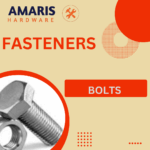 Bolts
Bolts Nuts
Nuts Washers
Washers Rivets & Riveter
Rivets & Riveter Anchors
Anchors Nails
Nails Threaded Rods
Threaded Rods Clips & Clamps
Clips & Clamps
 Garden Fencing
Garden Fencing Garden Furniture Hardware
Garden Furniture Hardware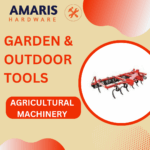 Agricultural Machinery
Agricultural Machinery Lawn Mowers
Lawn Mowers Trimmers & Edgers
Trimmers & Edgers Shovels & Spades
Shovels & Spades Rakes & Hoes
Rakes & Hoes Pruning Shears & Loppers
Pruning Shears & Loppers Watering Systems
Watering Systems Digging Equipment
Digging Equipment Pond Equipment
Pond Equipment
 Generator Accessories
Generator Accessories Inverters
Inverters Diesel & Gasoline Generators
Diesel & Gasoline Generators Power Inverters
Power Inverters Transfer Switches
Transfer Switches Portable Generators
Portable Generators Air Compressor
Air Compressor Pressure Washers
Pressure Washers Water Pumps
Water Pumps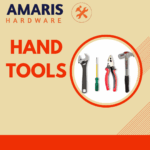
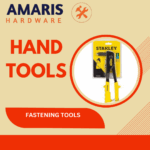 Fastening Tools
Fastening Tools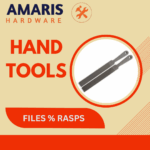 Files & Rasps
Files & Rasps Glass working Tools
Glass working Tools Hammers
Hammers Hand Tool Accessories
Hand Tool Accessories Screwdrivers
Screwdrivers Wrenches & Spanners
Wrenches & Spanners Pliers & Cutters
Pliers & Cutters Saws & Blades
Saws & Blades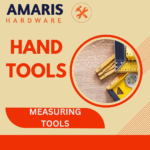 Measuring Tools
Measuring Tools Chisels & Punches
Chisels & Punches Allen Keys & Hex Keys
Allen Keys & Hex Keys Ratchets & Socket Sets
Ratchets & Socket Sets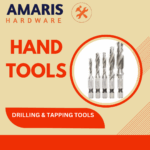 Drilling & Tapping Tools
Drilling & Tapping Tools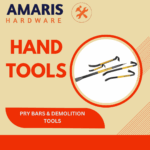 Pry Bars & Demolition Tools
Pry Bars & Demolition Tools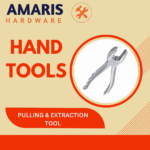 Pulling & Extraction Tools
Pulling & Extraction Tools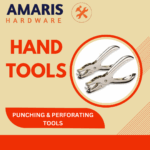 Punching & Perforating Tools
Punching & Perforating Tools Scrapers & Abrasive Tools
Scrapers & Abrasive Tools Utility Knives
Utility Knives Woodworking Tools
Woodworking Tools Clamps & Vises
Clamps & Vises
 Hinges & Latches
Hinges & Latches Hooks & Brackets
Hooks & Brackets Door Handles & Locks
Door Handles & Locks Drawer Slides & Cabinet Hardware
Drawer Slides & Cabinet Hardware Window Hardware
Window Hardware Chains & Cables
Chains & Cables Casters & Wheels
Casters & Wheels Shelving & Storage Systems
Shelving & Storage Systems Cutting Tools
Cutting Tools
 Fans & Blowers
Fans & Blowers HVAC Filters
HVAC Filters Insulation for HVAC
Insulation for HVAC Air Conditioners
Air Conditioners Ventilation Ducts & Fittings
Ventilation Ducts & Fittings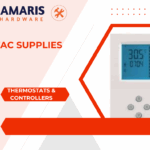 Thermostats & Controllers
Thermostats & Controllers Refrigerants
Refrigerants
 Food Processing Machinery
Food Processing Machinery Gaskets & Seals
Gaskets & Seals Harvesting Equipment
Harvesting Equipment Hydraulic Fittings
Hydraulic Fittings Industrial Fasteners
Industrial Fasteners Industrial Hoses
Industrial Hoses Bearings & Bushings
Bearings & Bushings Belts & Pulleys
Belts & Pulleys Lubricants & Greases
Lubricants & Greases Metal Sheets & Bars
Metal Sheets & Bars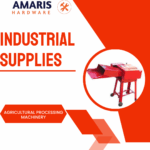 Agricultural Processing Machinery
Agricultural Processing Machinery Poultry Processing Equipment
Poultry Processing Equipment
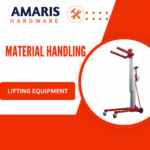 Lifting Equipment
Lifting Equipment Transport Equipment
Transport Equipment Storage Solutions
Storage Solutions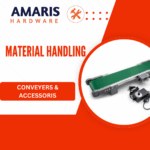 Conveyors and Accessories
Conveyors and Accessories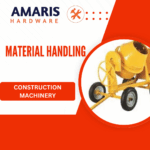 Construction Machinery
Construction Machinery Screening Equipment
Screening Equipment Heavy Machinery
Heavy Machinery
 Paint Brushes & Rollers
Paint Brushes & Rollers Paint Sprayers & Accessories
Paint Sprayers & Accessories Paint Strippers & Thinners
Paint Strippers & Thinners Paint Trays & Accessories
Paint Trays & Accessories Primers & Undercoats
Primers & Undercoats Interior Paints
Interior Paints Exterior Paints
Exterior Paints Varnishes & Stains
Varnishes & Stains Spray Paints
Spray Paints
 Pipes & Fittings
Pipes & Fittings Plumbing Tools
Plumbing Tools Pumps & Motors
Pumps & Motors Valves & Taps
Valves & Taps Faucets & Fixtures
Faucets & Fixtures Hoses & Tubing
Hoses & Tubing Water Heaters
Water Heaters Drainage Systems
Drainage Systems Sealants & Adhesives for Plumbing
Sealants & Adhesives for Plumbing
 Nail Guns
Nail Guns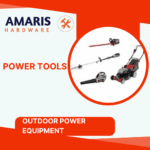 Outdoor Power Equipment
Outdoor Power Equipment Planers or Woodworking Power Tools
Planers or Woodworking Power Tools Pneumatic Tool
Pneumatic Tool Power Tool Accessories
Power Tool Accessories Drills & Drivers
Drills & Drivers Saws
Saws Grinders & Sanders
Grinders & Sanders Heat Guns
Heat Guns Impact Wrenches
Impact Wrenches Batteries & Chargers
Batteries & Chargers Construction Power Tools
Construction Power Tools Cutting Tools
Cutting Tools Demolition & Breaking Tools
Demolition & Breaking Tools Router
Router Woodworking Machinery
Woodworking Machinery
 Safes
Safes Security Cameras
Security Cameras Personal Protective Equipment (PPE)
Personal Protective Equipment (PPE) Fire Safety Equipment
Fire Safety Equipment Locks & Padlocks
Locks & Padlocks Motion Sensors & Alarms
Motion Sensors & Alarms
 Shelving Units
Shelving Units Storage Bins & Containers
Storage Bins & Containers Toolboxes & Tool Chests
Toolboxes & Tool Chests Pegboards & Hooks
Pegboards & Hooks Workbenches
Workbenches Drawer Organizers
Drawer Organizers Labeling Supplies
Labeling Supplies
 Flux & Solder Wire
Flux & Solder Wire Soldering Irons & Stations
Soldering Irons & Stations Welding Accessories
Welding Accessories Welding Electrodes & Rods
Welding Electrodes & Rods Welding Helmets & Gloves
Welding Helmets & Gloves Welding Machines
Welding Machines Welding Safety Equipment
Welding Safety Equipment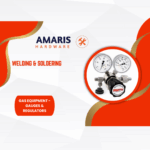 Gas Equipment – Regulators & Gauges
Gas Equipment – Regulators & Gauges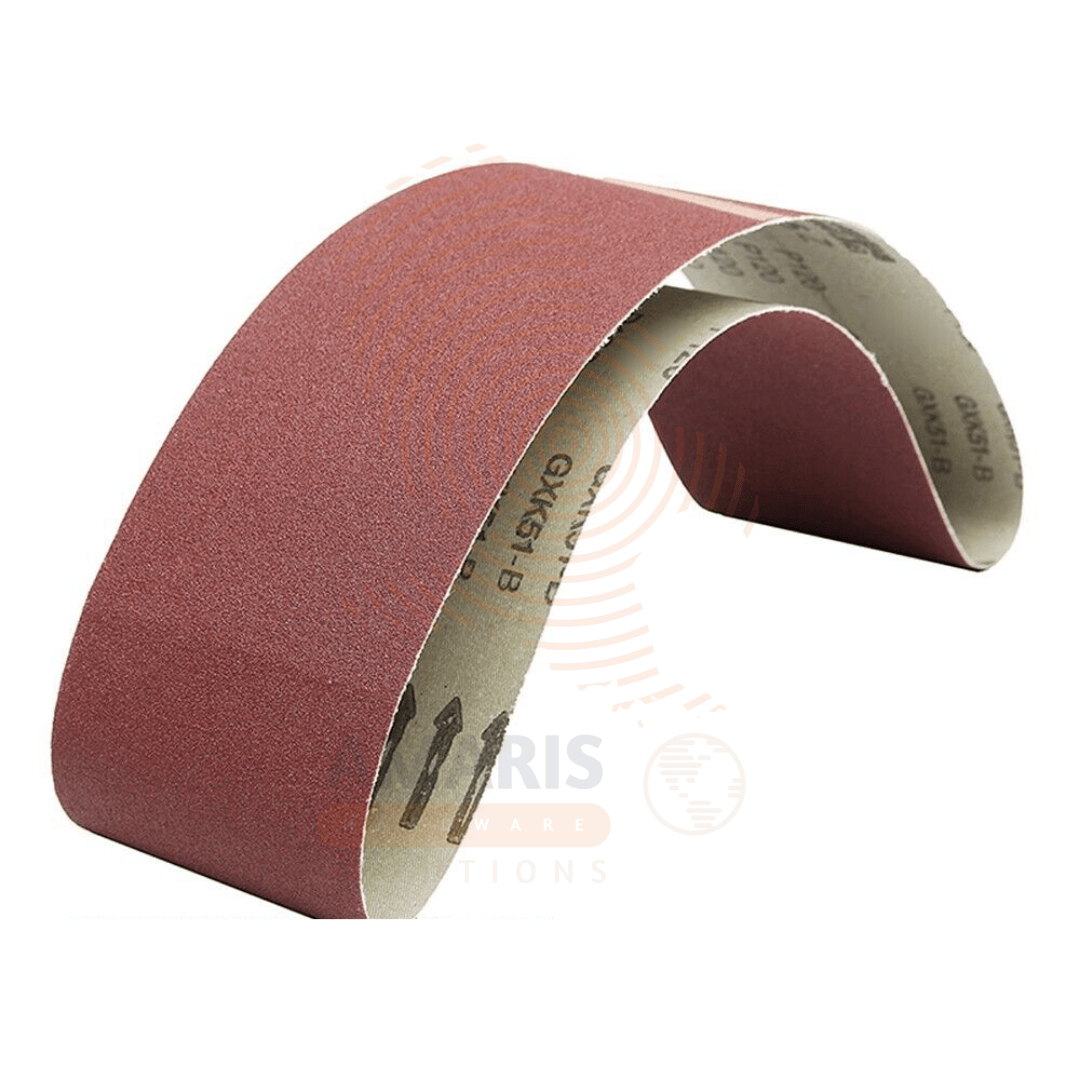
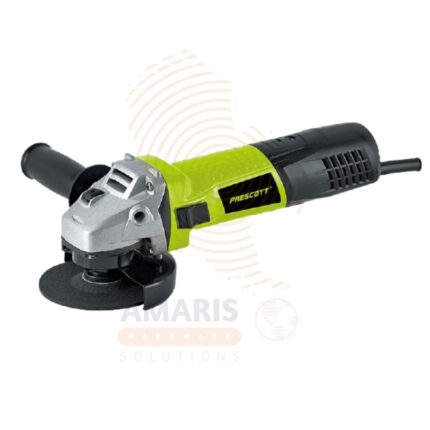












Reviews
There are no reviews yet.